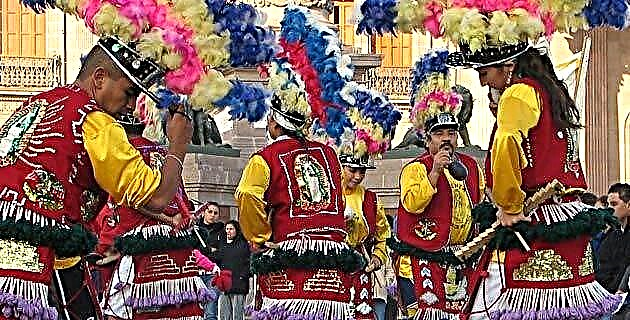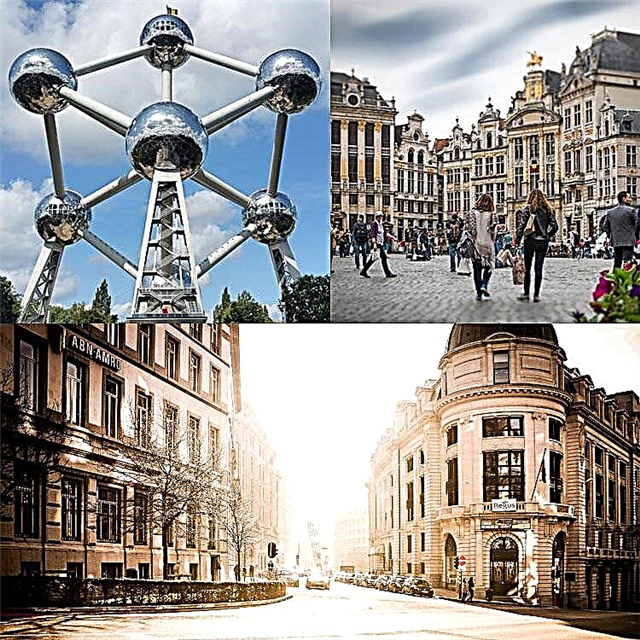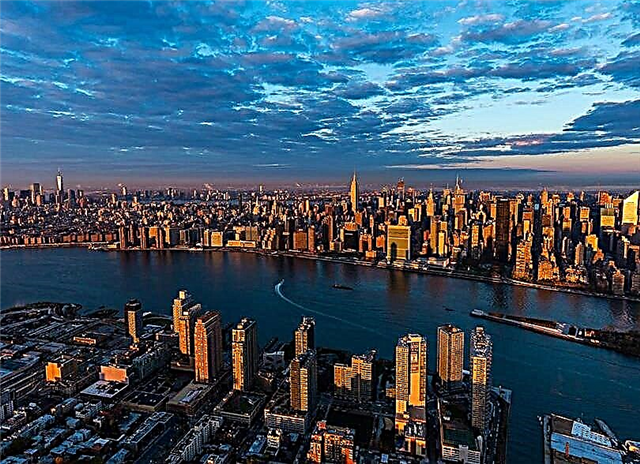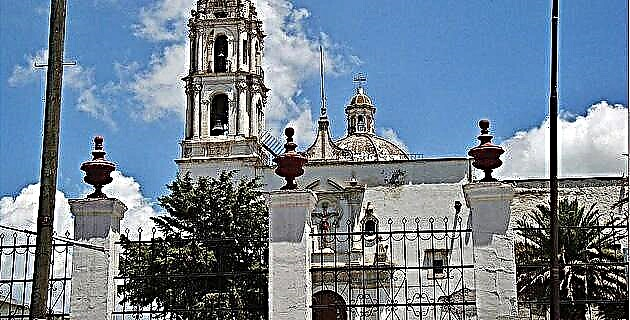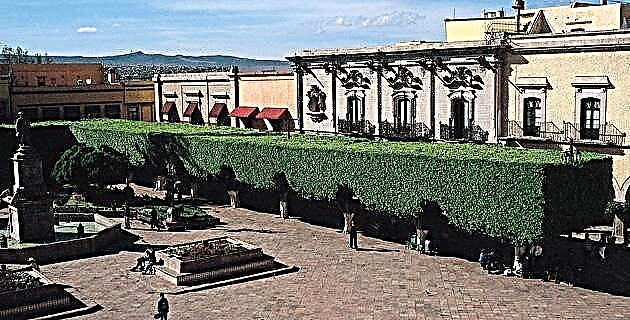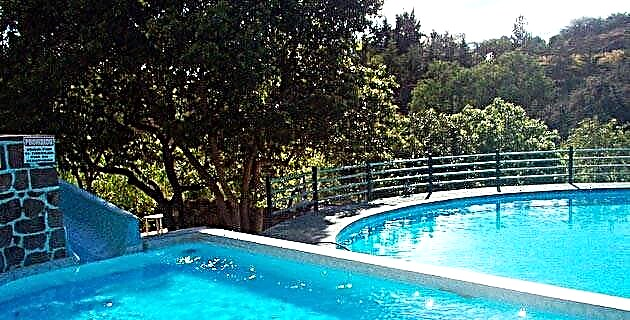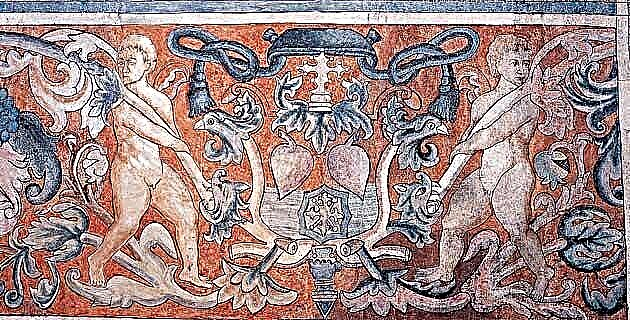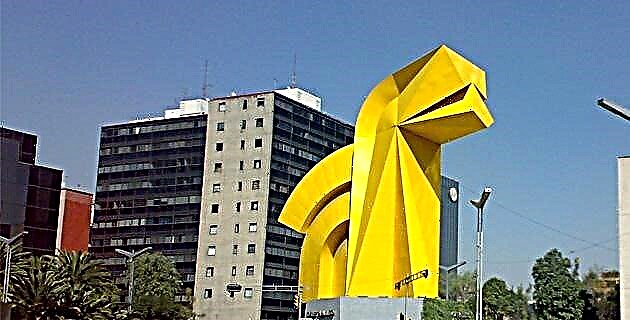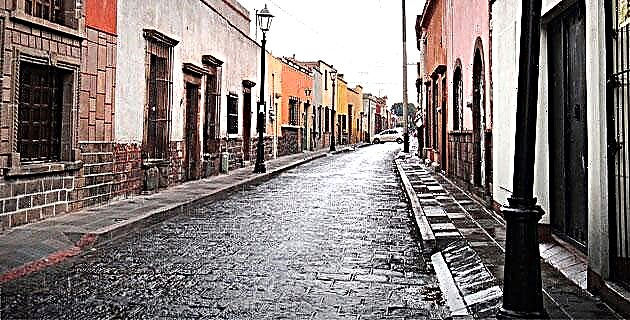
In the vast territory that today encompasses the state of San Luis Potosí, during pre-Hispanic times there were scattered Chichimeca groups known as Huastecos, Pames and Guachichiles.
By 1587, Captain Miguel Caldera had entered the inhospitable region with the mission of pacifying these bellicose tribes that ravaged the merchandise traffickers. Later, in 1591, the viceroy Don Luis de Velasco sent Tlaxcalans Indians to populate the north of New Spain; one part of them settled in what would become the Tlaxcalilla neighborhood and the other in Mexquitic, an indigenous town north of the current city.
In 1592 Fray Diego de la Magdalena, who was accompanying Captain Caldera, managed to gather some Guachichil Indians in a place near an area of springs, an aspect that has been considered a primitive settlement, since in the same year, on the hill from San Pedro, mineral deposits were discovered by Francisco Franco, guardian of the Mexquitic convent, Gregorio de León, Juan de la Torre and Pedro de Anda. The latter gave the site the name of San Pedro del Potosí. Due to the lack of water, the miners returned to the valley and relocated the Indians who occupied it, calling it then San Luis Minas del Potosí.
Captain Caldera and Juan de Oñate legalized the foundation in 1592. The title of city was granted in 1656 by the viceroy Duke of Albuquerque, although it was confirmed by King Felipe IV until two years later. The urban layout responded to the reticular scheme of the type of checkerboard, since being installed on the plain, it did not present difficulty to execute it, so the main square was arranged on whose sides the Cathedral and the royal houses would initially rise surrounded by twelve blocks.
Today San Luis Potosí is a beautiful place, majestic and almost stately due to the wealth that was squandered by its mining deposits, which was reflected in the colonial buildings as a testimony of the power of the New Hispanic government. Of those monuments, the Cathedral is a good example; located on the eastern side of the Plaza de Armas, its figure replaces the primitive 16th century church. The new structure was built towards the end of the 17th century and the beginning of the 18th century, in a beautiful and harmonious Baroque style of Solomonic mode. Next to it is the Municipal Palace, on the site where the royal houses were located and which were demolished in the 18th century to build a building by order of the visitor José de Gálvez.
To the north of the square you can see the oldest house in the city, which belonged to the lieutenant Don Manuel de la Gándara, uncle of the only Mexican viceroy, with a beautiful interior patio with a typical colonial flavor. To the east is the building that houses the Government Palace; Although this is neoclassical in style, possibly from the early years, it stands where the 18th century Town Hall was. Against the corner of this building is located the Plaza Fundadores or Plazuela de la Compañía and on its north side the current Potosina University, which was the old Jesuit college built in 1653, still showing its simple Baroque façade and its beautiful Loreto chapel. with a baroque façade and Solomonic columns.
Another set that beautifies San Luis Potosí is the Plaza de San Francisco, where the temple and convent of the same name are located; the temple is one of the most important of the baroque style, it was built between 1591 and 1686 and its sacristy stands out, which is one of the richest examples of potosine religious architecture.
The convent is a 17th century building that houses the Potosino Regional Museum. Inside the enclosure it is possible to admire the famous Aránzazu chapel from the middle of the 18th century, which represents a clear example of Potosino Baroque, involving notable Churrigueresque elements in its style based on profuse decorations; annexed to the convent are the temples of the Third Order and of the Sacred Heart that were part of it.
The Plaza del Carmen is another beautiful complex that dominates this colonial city; in its environment is the temple of Carmen, whose construction was ordered by Don Nicolás Fernando de Torres. Blessed in 1764, its architecture is a testimony of the style that is called ultra-baroque, evidenced in its side door with rich and exquisite ornamentation, as well as in the portico of the sacristy and the altarpiece of the Chapel of the Virgin Mary, the latter Compared in beauty with the chapels of the Virgen del Rosario and Santa María Tonantzintla de Puebla.
Completing the set harmoniously, are the Theater of Peace and the National Mask Museum, both nineteenth-century buildings. Other relevant religious buildings are: to the north of the Escobedo garden, the Churches of Rosario and San Juan de Dios, the last one built by Juanino friars in the 17th century, with its attached hospital, which is currently a school. Also from the same period is the beautiful Calzada de Guadalupe that ends, at its southern end, in the sanctuary of Guadalupe, built in the Baroque style by Felipe Cleere in the 18th century; In the northern part of the road you can see the symbolic water box built in the last century and considered a national monument.
It is also worth mentioning the temple of San Cristóbal, built between 1730 and 1747, which despite its modifications still preserves its original facade, which can be seen on the back; the temple of San Agustín, with its baroque towers, built between the seventeenth and eighteenth centuries by Fray Pedro de Castroverde and the modest church of San Miguelito in the neighborhood of the same name, also in the Baroque style.
With regard to civil architecture, Potosí houses exhibit special characteristics that can be seen mainly on their balconies, with their ornate shelves in a great variety of shapes and motifs that seem to have been conceived by genius craftsmen and that can be appreciated at every step. in the buildings of the historic center. As examples we can mention the house located next to the Cathedral, which was owned by Don Manuel de Othón and which today houses the State Directorate of Tourism, as well as that of the Muriedas family on Zaragoza Street, today converted into a hotel.
In the surroundings of this magnificent city, you can find some colonial towns with beautiful architectural examples, among which the town known as Real de Catorce stands out, an old and abandoned mining center in which there is a beautiful and modest temple from the 18th century dedicated to the Immaculate Conception, inside which a miraculous image of Saint Francis of Assisi is preserved.

